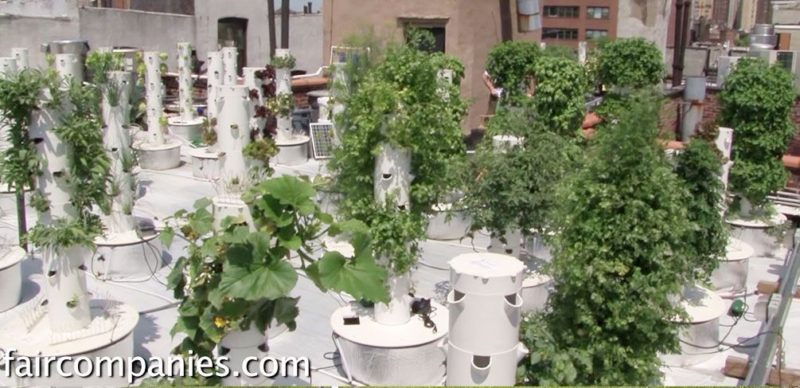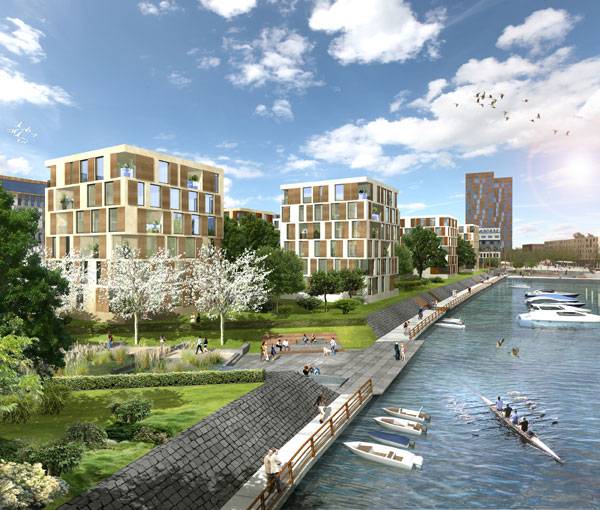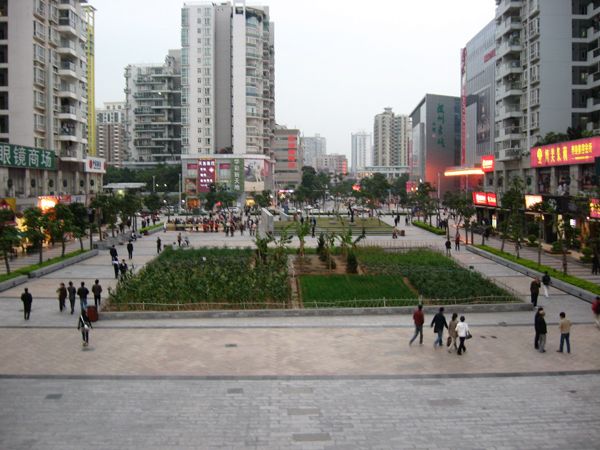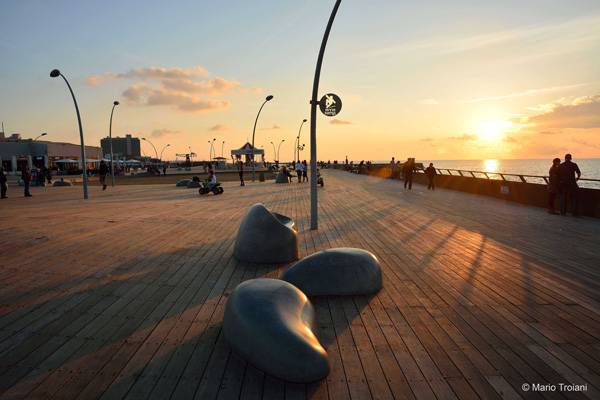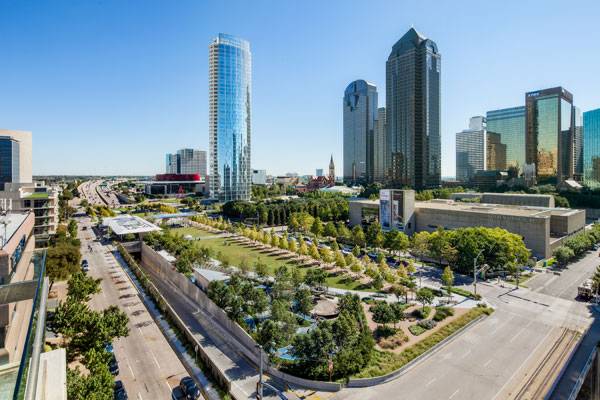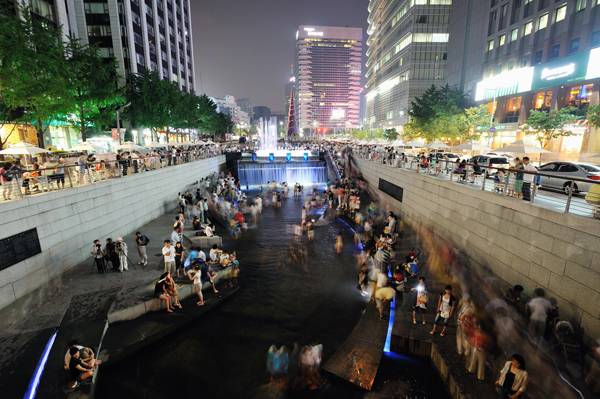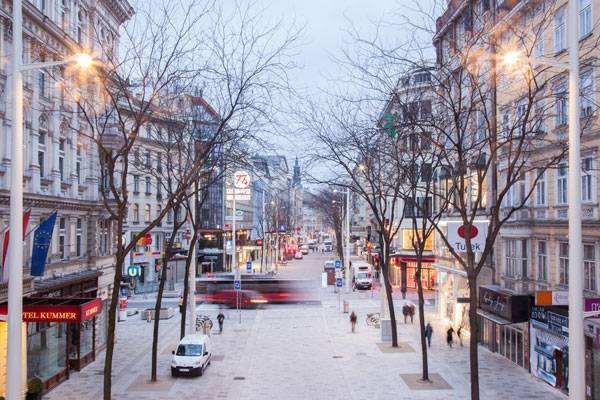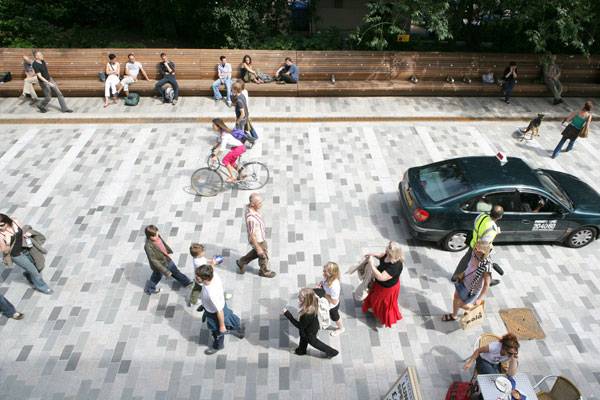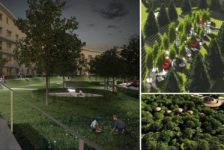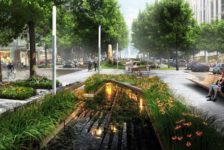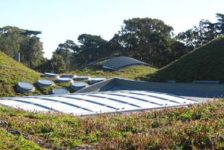Article by Erisa Nesimi – Total reading time 5 minutes We take a close look at 10 of the Best Urban Projects in the World. I’ve always been fond of observing and studying the quality of spaces and how these spaces are brought together into one large entity: the city. In his book “Rebel Cities,” David Harvey says, “In making the city, the man makes himself” and “what kind of city we want cannot be divorced from the question of what kind of people we want to be.” So instead of raising the question of what are some of the best urban projects in the world, I’m asking, what did the cities in this article want to be? In urban projects, it is interesting to note that there are always several circumstances to be considered. There is never a tabula rasa, which makes the process so much more interesting.
Best Urban Projects in the World
1. A Design Built on the Past — Offenbacher Hafen Reconstructed from a polluted industrial port, this ecologically sensitive riverfront in Frankfurt is an example to follow. Former industrial sites are often considered the black holes of our cities — places where nobody goes. This project incorporates the city’s history and brings character into the newly developed area. It represents the reinvention of a lost connection with the city.
2. Strong Connection to the Natural Landscape — Landgrab City Urban Farm Various urban designs include landscape as part of their projects, but this case in Shenzhen, Hong Kong takes the usage of landscape to a whole other level. A community urban farm in the middle of a metropolis challenges the way we perceive our cities. The fact that the farm is also in proportion to the number of inhabitants of the city acts as a reminder of the amount of land needed to feed them, and also helps to revive the agriculture. 3. Economically Viable — Tel Aviv Port We have to always remember that cost is rather important. Designs need to meet the economic possibilities in order to be built. Israel’s Tel Aviv Port, being extremely simple, meets not only the users’ demands, but also the economic ones. The wood paving, the connectivity to other parts of the city, the lighting elements for nighttime use, and the feeling of infinite space create a simple place for everyone. 4. Where Space Becomes a Place — Klyde Warren Park The great philosopher Heidegger once said that “the places make it possible for a space to exist, and the distinguished character of the places is gathering and being together.” Klyde Warren Park in Dallas, Texas is a great example of this. An urban park constructed over an existing freeway, it has immediately been welcomed by the people because it offers a variety of activities and amenities, such as a children’s park with water features, the reading room, the restaurant, and the event lawn. 5. The Element of Surprise — Madrid Rio project Urban designs that have the power to amaze me each time I see them are particularly attractive. A great design has the power to surprise you again and again. This is the case with the Madrid Rio design, a huge project in terms of scale, but very contextual in each and every minor part of it. Pedestrian bridges, parks, pine trees, hierarchy of spaces, and a variety of altitudes are just some of the diverse experiences this design offers. And while the scale is rather big, the designers have thought of particular details that make these spaces wonderful no matter how many times you’ve visited them. 6. Mix and Match — A’beckett Urban Square Great thinkers such as Jane Jacobs have always stated that in order to have great neighborhoods, there has to be a mixture of spaces, atmospheres, and cultures. A‘beckett Urban Square in Melbourne, Australia provides just that. Transforming a vacant site into a vibrant spot, this urban design has brought stamina to the neighborhood. A variety of facilities and activities brings together a diversity of people who interact with one another. The fact that most of the urban furniture is demountable creates opportunities for flexibility and makes the space even more user-friendly.
A’beckett Urban Square. Above: Before image, courtesy of Peter Elliott Pty Ltd Architecture + Urban Design. Below: After image (Not at the same angle as above image) Photo credit: John Gollings

Place de la République before and after. Above photo credit: ©AIR IMAGES. Below photo credit: ©TVK-Myluckypixel
Recommended Reading
- Natural Swimming Pools: Inspiration For Harmony With Nature by Michael Littlewood
- You Can Draw in 30 Days: The Fun, Easy Way to Learn to Draw in One Month or Less by Mark Kistler
Article by Erisa Nesimi
Published in Blog


